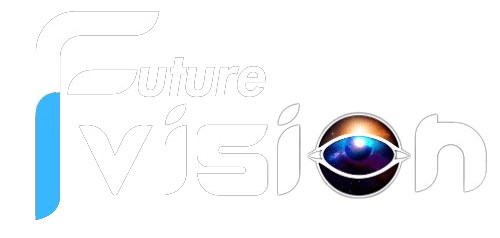Anyone who’s ever tried tiling a floor, a backsplash or even an arts-and-crafts project probably knows the emotional frustration of working with pieces whose shapes don’t perfectly complement each other. It turns out, though, that some creatures may actually rely on similar mismatches to create geometric frustrations that result in complex natural structures with remarkable properties, such as protective shells and sturdy yet flexible bones.
Now, researchers at the University of Michigan have developed mathematical models showing one way that nature achieves this. These models, in turn, could help design advanced materials for medical devices, sustainable construction and more.
“Frustration—using these mismatched building blocks—gives rise to wonderful complexity and that complexity can be useful in providing superior material properties,” said Xiaoming Mao, U-M professor of physics and senior author of the new study.
Mao’s research group has always been interested in the relationship between a material’s structures and its properties. But this particular project was inspired by a picture she saw of single-celled organisms called coccolithophores that make beautiful geometric shells out of calcium carbonate.
That got her wondering how these simple organisms could use basic ingredients to create complex structures. As the researchers dug into the problem, they found this strategy was not confined to the coccolithophores.
“There are many, many examples in nature,” Mao said. “And geometric frustration is one of the pathways that leads to these incredible structures.”
In addition to providing stunning aesthetics, the frustration also helped supply the materials with desirable properties from an engineering perspective. They could be flexible, but strong and tough, and they featured gaps within their structure.
“If we could learn to build with these traits, we could use less material and end up with better mechanical properties,” Mao said. “It gives us a new way to think about sustainable manufacturing.”
To take a step toward that, the team turned to a branch of mathematics called graph theory to probe how structures can end up with the right level of frustration. Their approach enabled the researchers to create phase diagrams, which help predict material properties, for different frustrated structures based on how they packed their building blocks together.

They did this for two types of frustration, called noncumulative and cumulative. The noncumulative case is like the tile example from earlier, where some irregularity in the shapes of the building blocks prevents the final pattern from lining up neatly.
In cumulative frustration, the building blocks can be perfectly shaped, but their geometry prevents them from packing squarely into the space they’re trying to cover. Take, for example, trying to tile a flat surface with pentagons.
The team discovered distinct geometric patterns emerging from these two types of frustration. In both cases, there needed to be some organization in the structure of blocks and voids—some quantifiable pattern—to fully capitalize on the less-is-more synergy offered by frustrated materials. But there is also a point at which the structure becomes too organized and its material properties pay the price.
“So something like a simple crystal doesn’t give you what you want, but something that’s completely disorganized won’t work either,” Mao said.
There is a Goldilocks level somewhere in between, she said.
Mao and U-M colleagues reported their work in the journal Physical Review Letters. The team also included Nicholas Kotov, professor of chemical engineering, and graduate student researchers José Ortiz-Tavárez and Zhen Yang.
The team’s work will continue at COMPASS, a National Science Foundation research center headquartered at U-M, where its next steps include working with collaborators to study real-world examples through the lens of their new models and extract new lessons for engineering advanced materials.
“What we’ve studied right now, it’s what we would call a ‘toy model’ in theoretical physics,” Mao said. “We really want to look at real materials and that’s where COMPASS comes in. There are many people who are studying real things like this, who are generating real data, who are using AI to analyze complexity and internal patterns of these materials. This is how we’ll connect complexity with functionality.”
More information:
José M. Ortiz-Tavárez et al, Statistical Mechanics of Frustrated Assemblies and Incompatible Graphs, Physical Review Letters (2025). DOI: 10.1103/PhysRevLett.134.147401. On arXiv: DOI: 10.48550/arxiv.2407.18210
Provided by
University of Michigan
Citation:
Frustration incorporated: How mismatched geometries can enhance material strength and toughness (2025, April 8)
retrieved 8 April 2025
from https://phys.org/news/2025-04-frustration-incorporated-mismatched-geometries-material.html
This document is subject to copyright. Apart from any fair dealing for the purpose of private study or research, no
part may be reproduced without the written permission. The content is provided for information purposes only.

